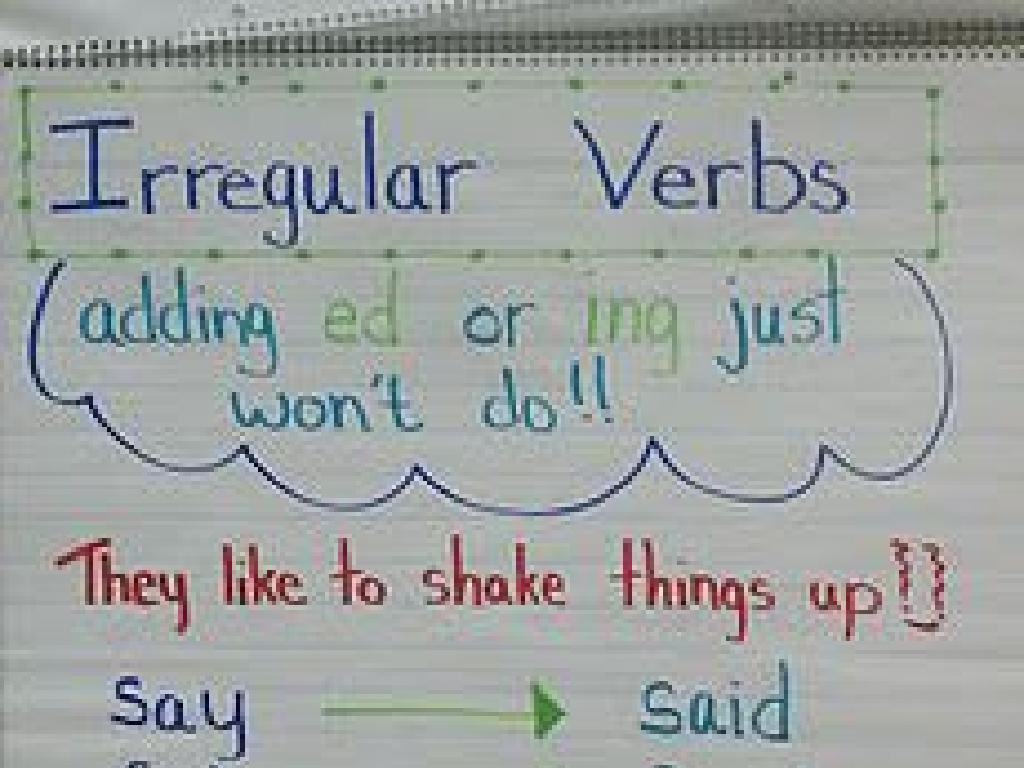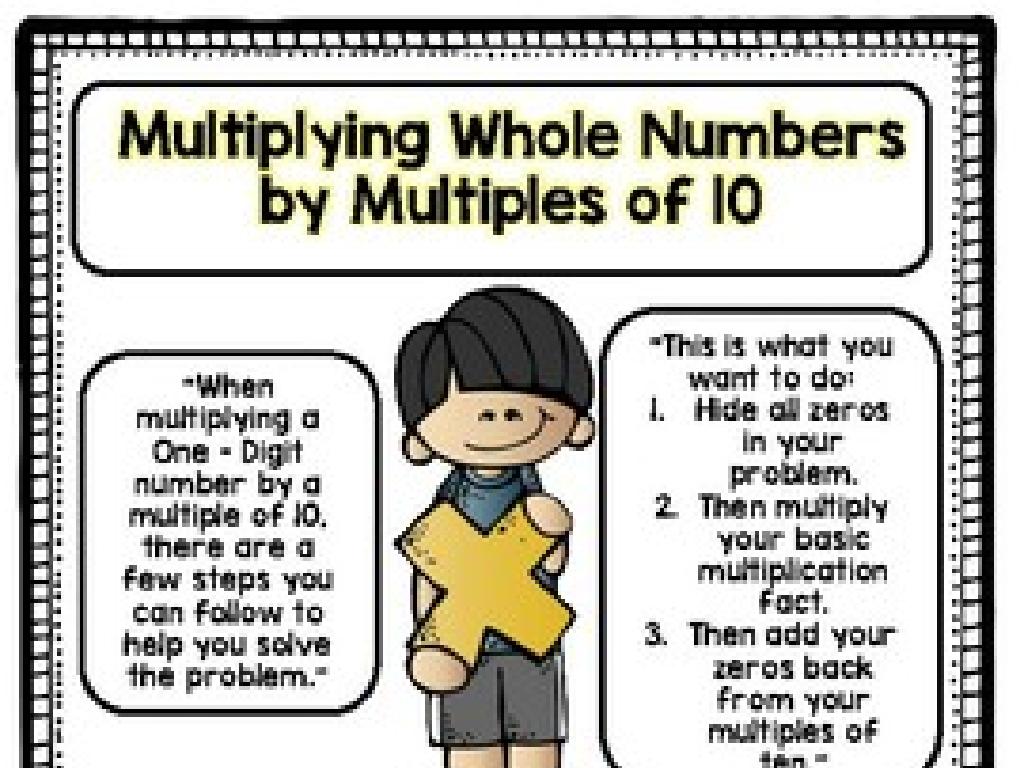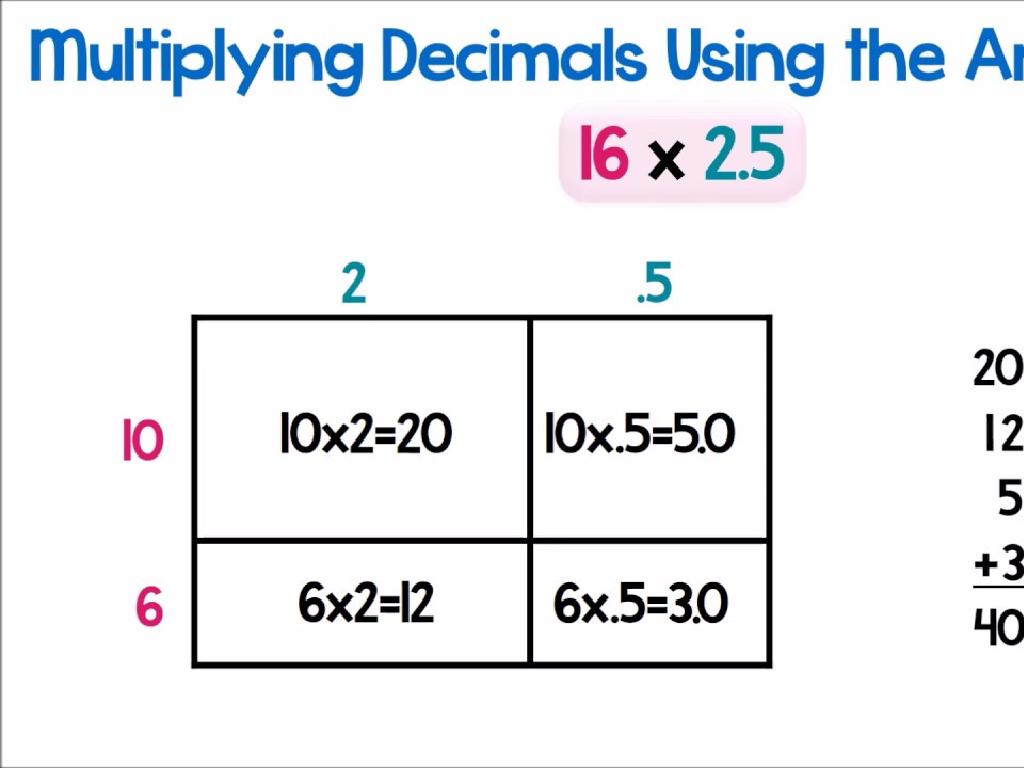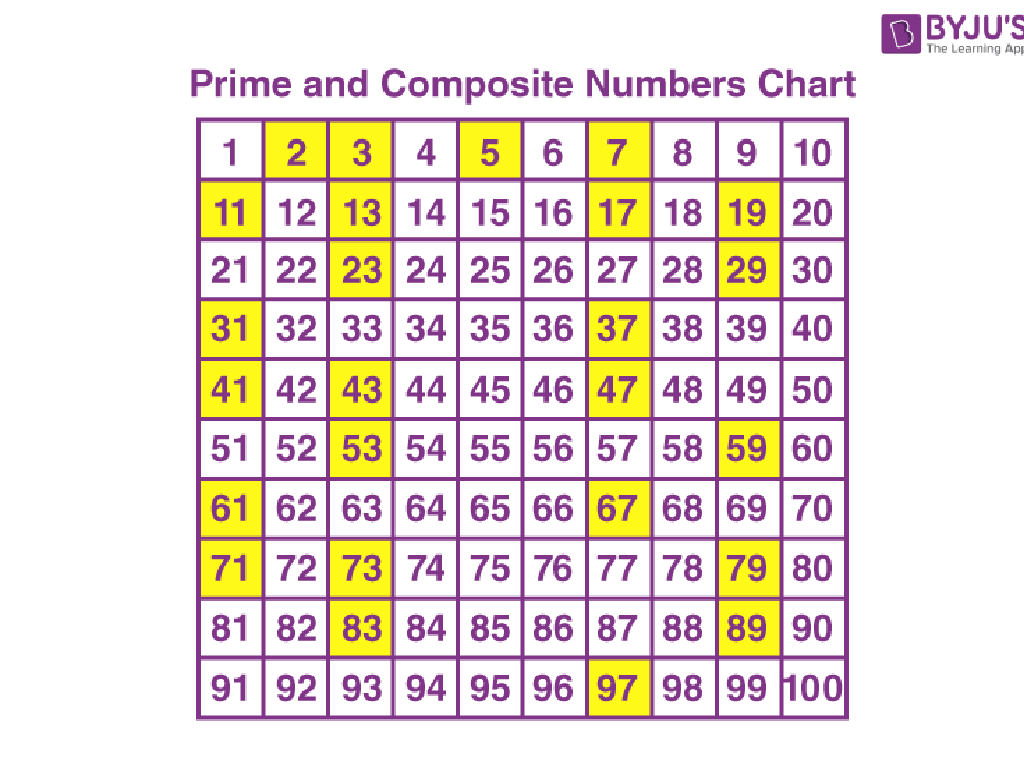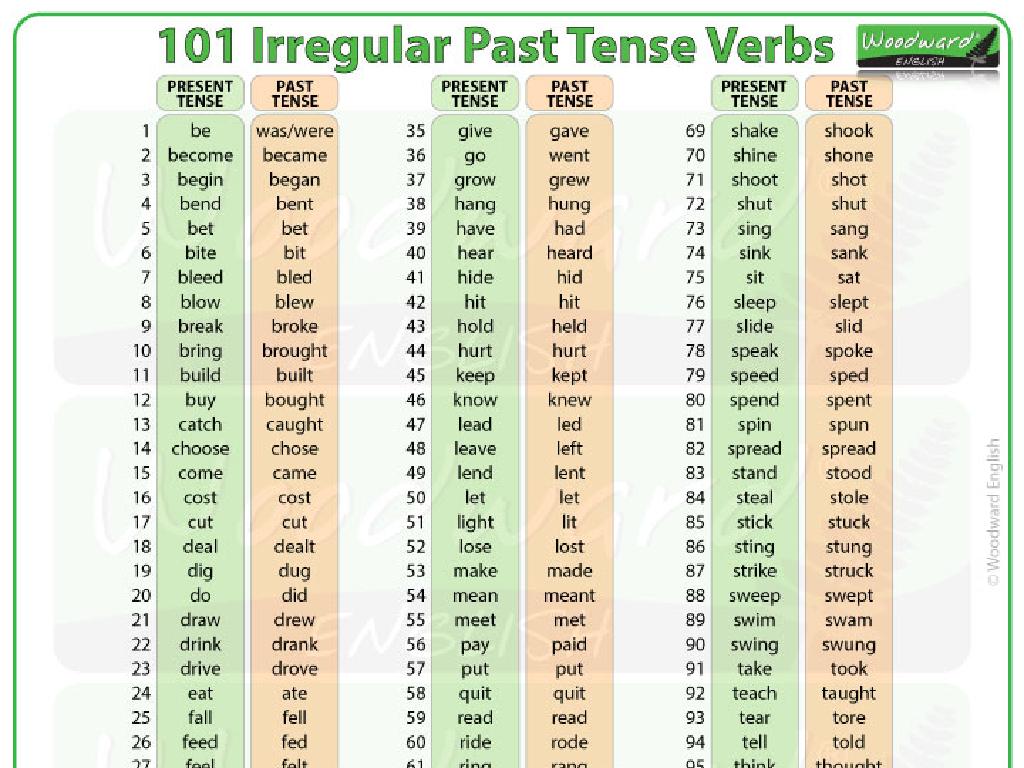Reduce, Reuse, Recycle
Subject: Science
Grade: First grade
Topic: Human Impacts
Please LOG IN to download the presentation. Access is available to registered users only.
View More Content
Helping Our Planet: Reduce, Reuse, Recycle
– What does ‘Reduce’ mean?
– Using less of things to save resources, like turning off lights when not needed.
– Learning to ‘Reuse’ items
– Using things again instead of throwing away, like a grocery bag for multiple trips.
– How to ‘Recycle’ things
– Sorting trash into bins so it can be made into new things.
– Why Earth’s care is important
– Keeping Earth clean and healthy is good for animals, plants, and us!
|
This slide introduces the concept of ‘Reduce, Reuse, Recycle’ to first graders as a way to take care of our planet. Start by explaining that reducing means using less of something to help save the Earth’s resources. Reusing involves finding new ways to use things instead of throwing them away. Recycling means sorting our trash so that it can be turned into new items. Emphasize the importance of taking care of the Earth, as it is our home and the home of many other living things. Use simple, relatable examples to help students understand each concept, such as turning off the water while brushing teeth (reduce), using a lunchbox instead of disposable bags (reuse), and putting paper and plastic in different bins at school (recycle). Encourage students to think of ways they can help at home and share their ideas in the next class.
What Does It Mean to Reduce?
– Using less energy and resources
– Example: Turning off lights
– Save electricity to help Earth
– Example: Closing tap while brushing
– Save water to protect our rivers
– Think of ways to reduce at home
|
This slide introduces the concept of ‘reduce’ as part of the ‘Reduce, Reuse, Recycle’ theme. It’s important to explain to first graders that using less energy and resources helps our planet. Use simple examples like turning off lights when not in use and closing the tap while brushing teeth to illustrate the point. Encourage the students to come up with their own ideas on how to reduce resource usage at home, fostering a discussion that will help them understand the impact of their actions on the environment. As an activity, you can ask each student to share one way they can reduce at home and create a classroom chart of their ideas.
The Magic of Reusing
– Reuse: Use things more than once
– Examples of reusing items
– Like a lunch box or hand-me-down clothes
– Bring a reusable item for show and tell
– Share how you use it again and again
– Discuss why reusing is magical
– It saves resources and helps our planet!
|
This slide introduces the concept of reusing as part of the ‘Reduce, Reuse, Recycle’ theme. Emphasize the importance of using items multiple times to reduce waste. Provide relatable examples such as reusing a lunch box or wearing clothes passed down from siblings or friends. For the class activity, encourage students to bring an item from home that they reuse and prepare to explain how they use it. This activity will help them understand the practical application of reusing and its benefits to the environment. Offer guidance on how to conduct the show and tell, and prepare to facilitate a discussion on why reusing is beneficial for our planet, highlighting the conservation of resources and reduction of waste.
Recycling: Turning Old into New
– Recycling makes new from old
– Paper, plastic, glass, metal recycle
– Used items like newspapers, bottles, cans
– What can we recycle at school?
– Recycling helps our planet
– Keeps Earth clean and saves resources
|
This slide introduces the concept of recycling to first graders, emphasizing the transformation of used materials into new products. Highlight common recyclable materials such as paper, plastic, glass, and metal, and use familiar examples like newspapers, water bottles, and food cans. Engage the class by asking them to identify recyclable materials found in their school environment. Explain the benefits of recycling, such as keeping our planet clean and conserving natural resources. For the activity, consider having different bins for each material and let students practice sorting recyclables. This will make the concept of recycling more tangible for them.
Caring for Our Planet
– Save Earth’s resources
– Using less means more for the future
– Keep our world clean
– Less trash makes a happier Earth
– Protect animals’ homes
– Safe places for animals to live
– Why it’s important
|
This slide aims to teach first graders the importance of reducing, reusing, and recycling. Explain that using less of something (like water or paper) means there will be more of it left for other people and for us in the future. Emphasize that throwing away less garbage helps keep our parks, streets, and oceans clean, which makes the Earth a happier place for us and animals. Discuss how recycling and reusing materials can help protect the homes of animals, like forests and rivers, from being destroyed. Engage the students by asking them to think of ways they can help at home or school and why it’s important to take care of our planet.
Fun Activity: Sorting Game
– Play a sorting game
– Work in teams to sort items
– Reduce, Reuse, Recycle categories
– Items like plastic bottles, old clothes, paper
– Ready to help Earth? Begin!
|
This interactive game is designed to teach students about the concepts of reducing, reusing, and recycling in a fun and engaging way. Divide the class into small teams and provide a mix of items that can be sorted into the categories of reduce, reuse, and recycle. Examples of items include plastic bottles (recycle), old clothes (reuse), and paper (reduce by using both sides). Explain the importance of each category in helping the Earth. Encourage teamwork and discussion among students as they decide where each item should go. After the activity, discuss why certain items were placed in each category and how these actions can make a positive impact on the environment. This will help reinforce the concepts and the importance of making environmentally friendly choices.
Helping Our Planet: Homework Challenge
– Every small action counts
– Find 3 ways to help at home
– Think reduce, reuse, recycle with family
– Draw or write your actions
– Use pictures or words to show your help
– Share how you helped Earth
|
This slide concludes the lesson on the importance of reducing, reusing, and recycling to protect our environment. The homework is designed to engage students with their families in practical activities that reinforce the concepts learned. Encourage the students to be creative and think of ways they can make a difference at home. They can turn off lights to reduce energy, use both sides of paper to reuse, or sort plastics for recycling. Remind them to document their actions through drawings or sentences, depending on their comfort with writing. In the next class, create a sharing time where students can proudly present their contributions to saving the planet.

